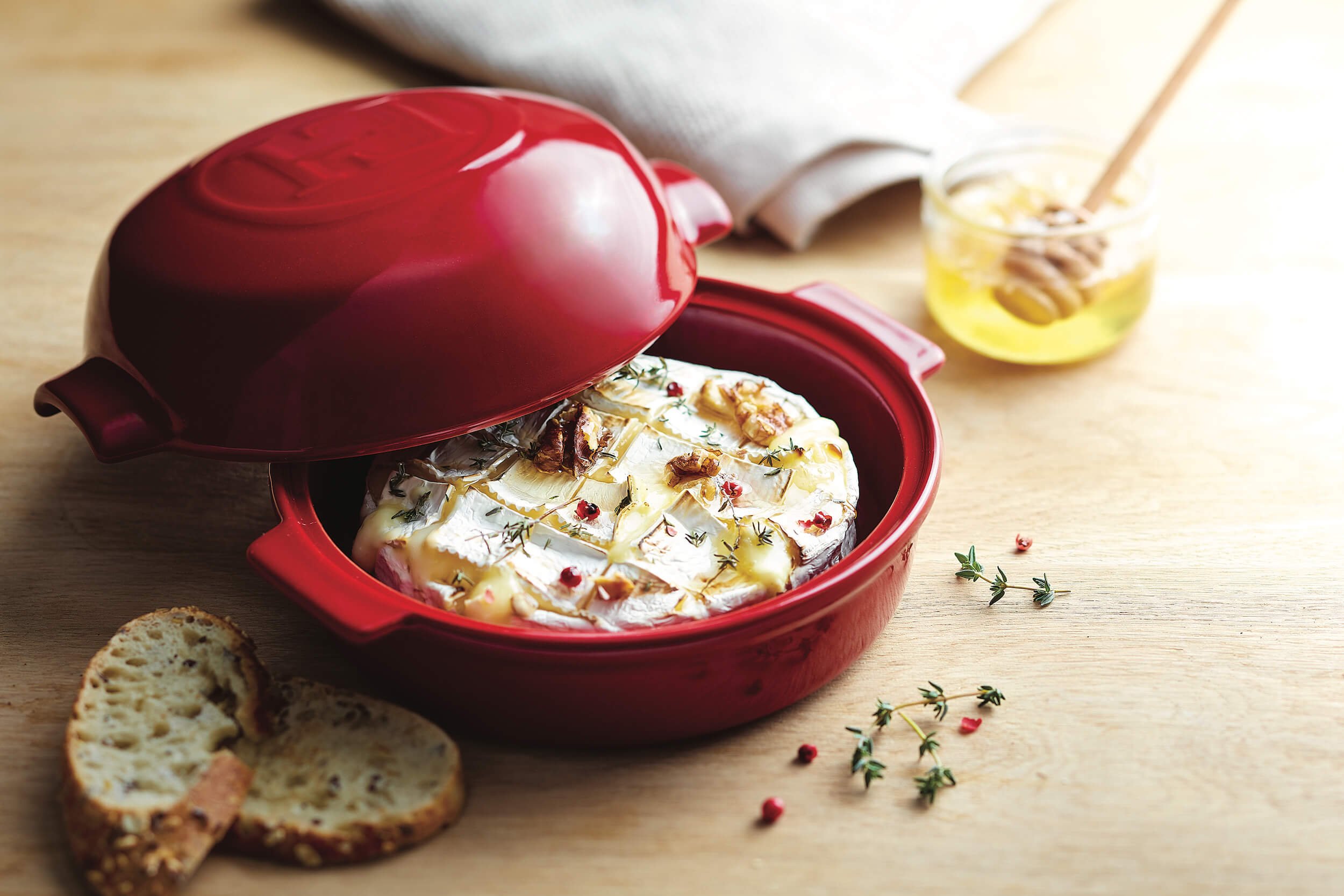Last week I got a chance to hear a number of chefs speak at an event to promote the newly launched American Express San Francisco Dish site. In a panel discussion local chefs participating in the site including Traci Des Jardins, Laurent Manrique, Elizabeth Falkner and Daniel Patterson spoke on a variety of issues. My burning question was about what those chefs/restauranteurs consider to be a reasonable wine markup and why. I am trying to familiarize myself with wine prices and better understand markup and often find it baffling. Less expensive wines are sometimes marked up quite a bit, expensive wines less so. Sometimes the markup is 2 times retail other times 3 times, 4 times or more.
The chefs agreed that as a target, 33.3 percent was reasonable. They also said that they work hard to put together interesting wine lists that complement their menus. Factored into their cost is cellaring, training, and having the right glassware. Traci Des Jardins admitted that as restaurant profit margins have shrunk, wine is one of the areas forced to make up the slack.
Elizabeth Falkner mentioned that lower priced wines don't always sell. She recalled a terrific wine she priced at $5 per glass that no one would order, that is until she raised the price. Laurent Manrique pointed out something I really hadn't considered. We have grown accustomed to big box stores that buy wines in bulk and sell it at retail for less money than he can purchase at wholesale. He mentioned finding Chateau d'Yquem at Costco for less than what he pays wholesale...unless of course, he shops at Costco. Several chefs mentioned that they try to find wines that are less commonly available in retail shops.
Perhaps the most interesting comment came not from the panel but from Wine Spectator editor Harvey Steiman who said that focusing on markup percentages can be misleading. Some restaurant schools teach a completely different approach to wine pricing. Restauranteurs really need to figure out how much money they need to make per table and work backwards rather than just assign one blanket markup percentage to wine. While the discussion shed some light on the subject, what it really made clear to me is that restaurant wine pricing is more complicated than it seems.
FOOD





